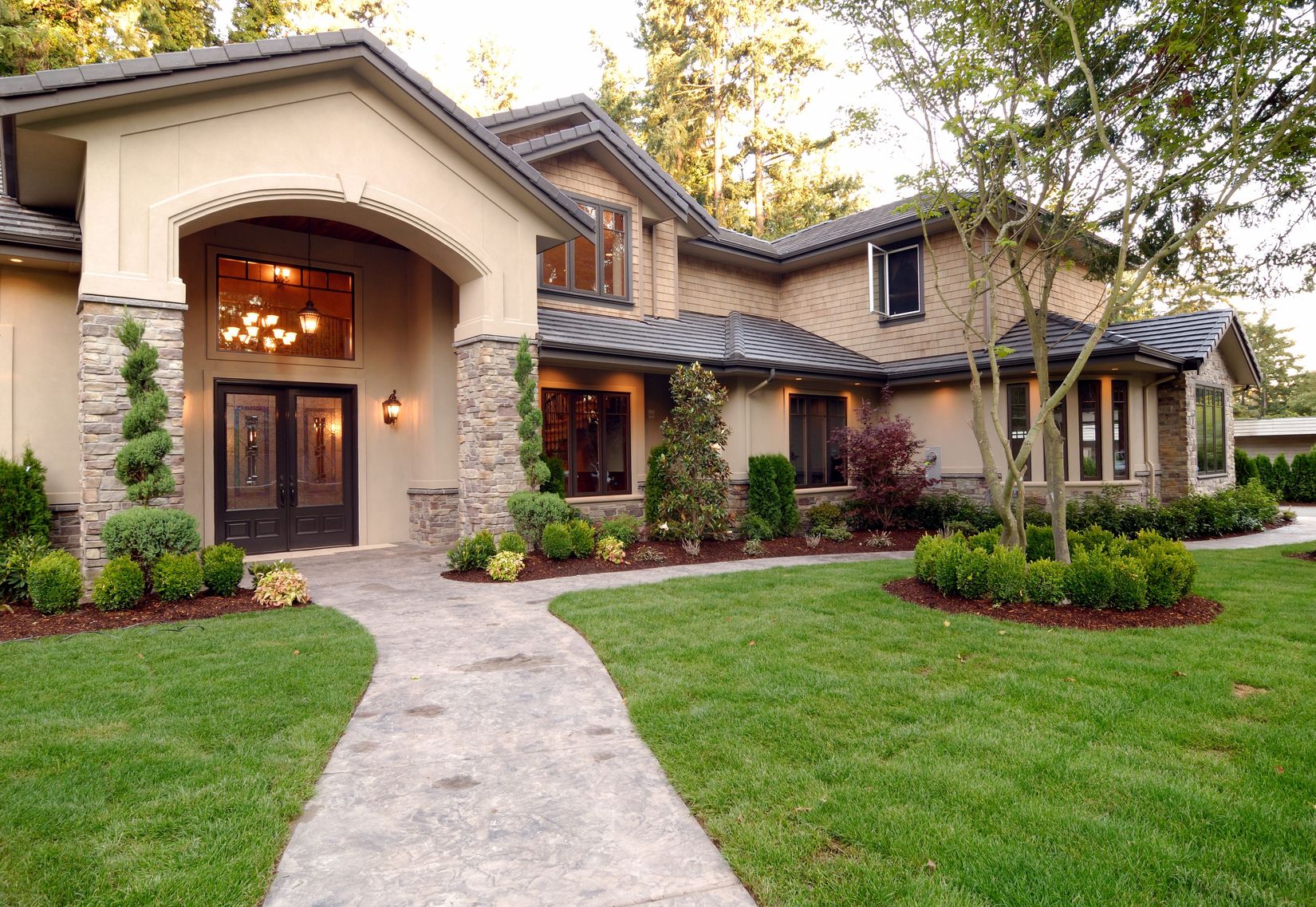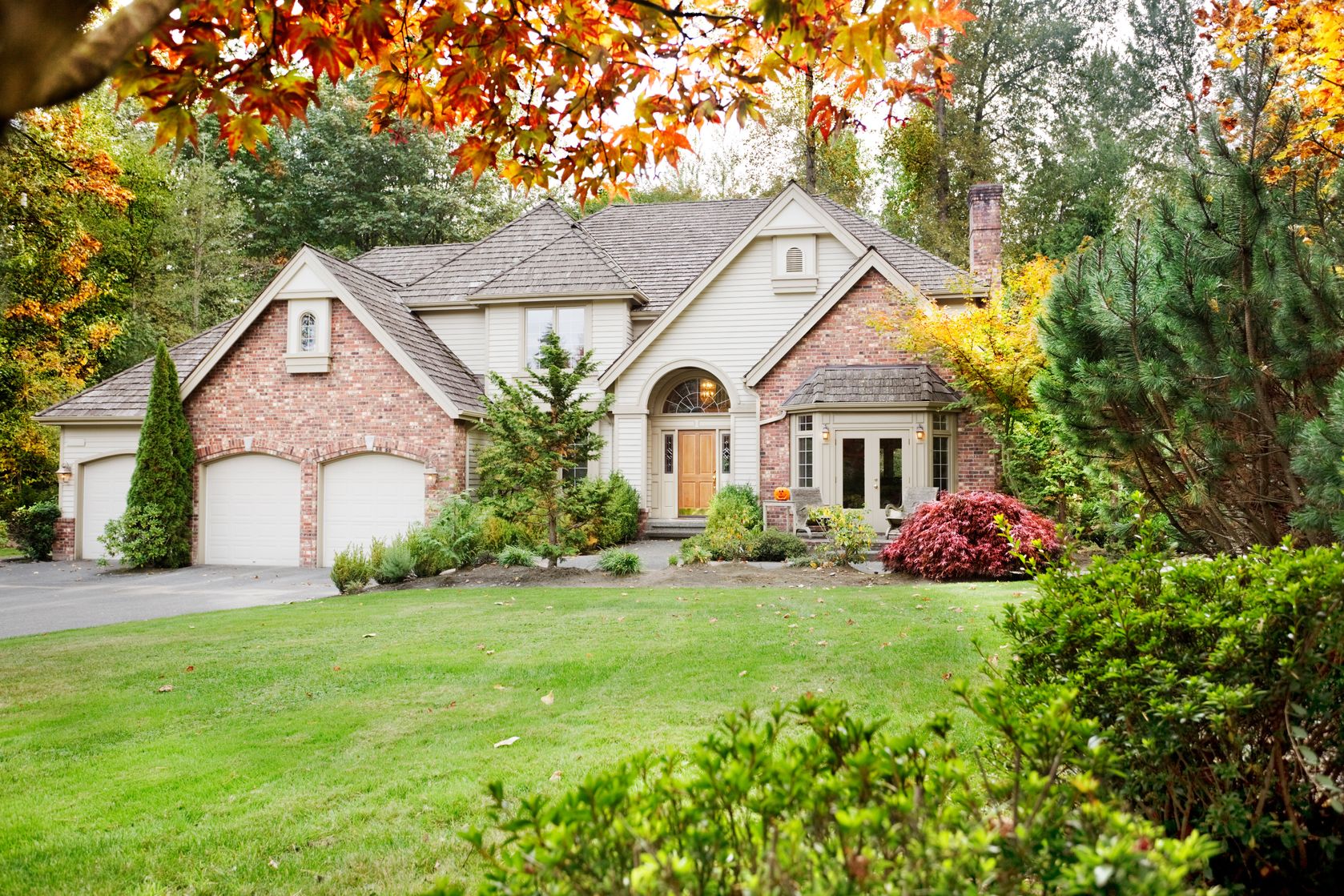 From ‘down payment’ to ‘adjustable rate’ to ‘debt-to-income’ ratio, there are so many terms involved in the mortgage process that it can be hard to learn them all and keep them straight. However, whether or not you’ve heard it, the term ‘amortization period’ might be one of the most important ones associated with your financial well-being. If you’re currently considering the period of loan you should choose, here are some things to think about before taking on a term.
From ‘down payment’ to ‘adjustable rate’ to ‘debt-to-income’ ratio, there are so many terms involved in the mortgage process that it can be hard to learn them all and keep them straight. However, whether or not you’ve heard it, the term ‘amortization period’ might be one of the most important ones associated with your financial well-being. If you’re currently considering the period of loan you should choose, here are some things to think about before taking on a term.
What Is Amortization?
Used to refer to the length of time it takes to pay off your mortgage loan, a typical amortization period is 25 years. However, there are many periods over which homebuyers can choose to pay off their mortgage. While many homeowners opt for what works best for them, it can be the case that a shorter mortgage period will actually be more financially beneficial in the long run. It may not only mean lower overall costs, it may also mean financial freedom from a loan much sooner than originally anticipated.
The ‘Principal’ Of The Matter
It’s important to have a monthly mortgage payment amount that’s sustainable, but a shorter amortization period means that you will be paying a higher amount on the principal and paying more on the actual loan amount. While a longer amortization period will add up to more interest payments and less paid on the loan cost each month, a shorter period can end up costing you less for your home when all’s said and done.
Considering Your Loan Period
It goes without saying that a shorter amortization period will pay down the principal sooner and cost less over time, but that doesn’t mean that it’s the best choice for you. Because your monthly payment will be taking a sizeable chunk out of your salary, it may be difficult to swing a higher payment in order to pay off your loan in 10 years. If it’s doable without compromising your quality of life, you may want to choose this option, but if there’s too much sacrifice you may want to opt for a longer loan period.
Everyone has a choice in the amortization period that works for them, but it’s important to make your decision based on what works for you and will be beneficial for your finances. If you’re currently getting prepared to invest in a home, contact your trusted real estate professional for more information.
 When investing in a home, one of the most important things is buying a place that you and your family can feel comfortable in. However, while a place you can envision yourself in is important, it’s not worth neglecting the neighborhood you’ll be moving into for the perfect home. If you’re wondering what you should be looking for in the neighborhood you choose, here are a few things to consider before making an offer on a home.
When investing in a home, one of the most important things is buying a place that you and your family can feel comfortable in. However, while a place you can envision yourself in is important, it’s not worth neglecting the neighborhood you’ll be moving into for the perfect home. If you’re wondering what you should be looking for in the neighborhood you choose, here are a few things to consider before making an offer on a home. Last week’s economic reports included readings on inflation, core inflation, and the Federal Reserve’s FOMC statement. The NAHB Housing Market Index, housing starts and building permits issued were also released, along with weekly readings on mortgage rates and new jobless claims.
Last week’s economic reports included readings on inflation, core inflation, and the Federal Reserve’s FOMC statement. The NAHB Housing Market Index, housing starts and building permits issued were also released, along with weekly readings on mortgage rates and new jobless claims. The National Association of Home Builders Housing Market Index for June fell by two points to 67 after a revision of May’s reading. Components of the Housing Market Index were lower for June with builder confidence in current market conditions two points lower at 73; June’s reading for builder confidence in market conditions for the next six months also fell two points to 76. Builder confidence in buyer traffic fell two points to 49. According to the Index, any reading over 50 indicates that more builders are confident than those who are not.
The National Association of Home Builders Housing Market Index for June fell by two points to 67 after a revision of May’s reading. Components of the Housing Market Index were lower for June with builder confidence in current market conditions two points lower at 73; June’s reading for builder confidence in market conditions for the next six months also fell two points to 76. Builder confidence in buyer traffic fell two points to 49. According to the Index, any reading over 50 indicates that more builders are confident than those who are not. The season of spring may be a time for blooming flowers and warmer weather, but it’s also synonymous with the idea of spring-cleaning. Whether you clean out your house every year or you haven’t seen the back of your closets in years, here are a few springtime projects that will instantly change your home – and clean up your life!
The season of spring may be a time for blooming flowers and warmer weather, but it’s also synonymous with the idea of spring-cleaning. Whether you clean out your house every year or you haven’t seen the back of your closets in years, here are a few springtime projects that will instantly change your home – and clean up your life! The mortgage application process can be fraught with a lot of stress on its own, but if you’ve experienced issues with your credit in the past it can be even more taxing. While there may be a lot of things you may not be aware of when it comes to their impact on your credit, here are some things to watch out for if you’re planning on purchasing a home in the short-term future.
The mortgage application process can be fraught with a lot of stress on its own, but if you’ve experienced issues with your credit in the past it can be even more taxing. While there may be a lot of things you may not be aware of when it comes to their impact on your credit, here are some things to watch out for if you’re planning on purchasing a home in the short-term future. While spring is still in the air, the warm weather and cooler clothes of the summer season are just around the corner. As a result, you might be thinking about making some design changes to your home to welcome the season and indulge in its brilliance. If you’re looking for some new color schemes and how you can use them to amp up your home, here a few brightly-colored suggestions to try out for yourself.
While spring is still in the air, the warm weather and cooler clothes of the summer season are just around the corner. As a result, you might be thinking about making some design changes to your home to welcome the season and indulge in its brilliance. If you’re looking for some new color schemes and how you can use them to amp up your home, here a few brightly-colored suggestions to try out for yourself. Last week’s economic news was slim, with few scheduled reports released. Job openings for April, along with weekly readings on mortgage rates and weekly jobless claims were released. Job openings rose in April, while weekly jobless claims were lower. The headline event last week was a further decrease in fixed-rate mortgage interest rates.
Last week’s economic news was slim, with few scheduled reports released. Job openings for April, along with weekly readings on mortgage rates and weekly jobless claims were released. Job openings rose in April, while weekly jobless claims were lower. The headline event last week was a further decrease in fixed-rate mortgage interest rates. Along with the family vehicles, the garage may be the place where all of the things you don’t want in your house go to disappear. However, you might not be aware that there are a number of DIY hacks you can use for your garage that will instantly make it a more useable space. If you’re wondering how you can fit more in while improving the aesthetic appeal of your garage, here are some tricks to test out.
Along with the family vehicles, the garage may be the place where all of the things you don’t want in your house go to disappear. However, you might not be aware that there are a number of DIY hacks you can use for your garage that will instantly make it a more useable space. If you’re wondering how you can fit more in while improving the aesthetic appeal of your garage, here are some tricks to test out. There’s often so much enthusiasm that goes along with buying a home that the idea of leaving the old one behind is left in the dust. But, while you may love both your old home and your new home, it can be difficult to leave what’s old behind. If you’re struggling with adjusting to your new dwelling place, here are some tips for how to make it feel like it’s where you belong.
There’s often so much enthusiasm that goes along with buying a home that the idea of leaving the old one behind is left in the dust. But, while you may love both your old home and your new home, it can be difficult to leave what’s old behind. If you’re struggling with adjusting to your new dwelling place, here are some tips for how to make it feel like it’s where you belong.